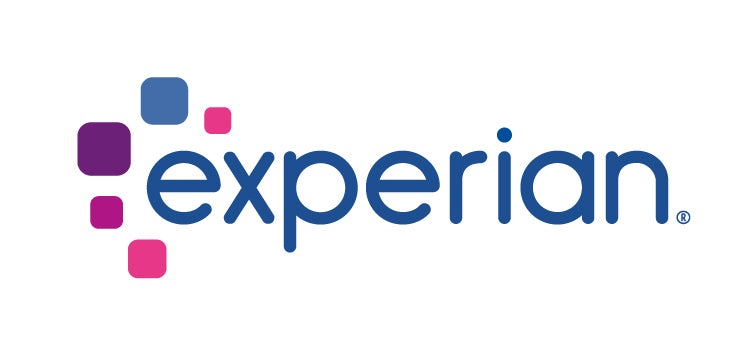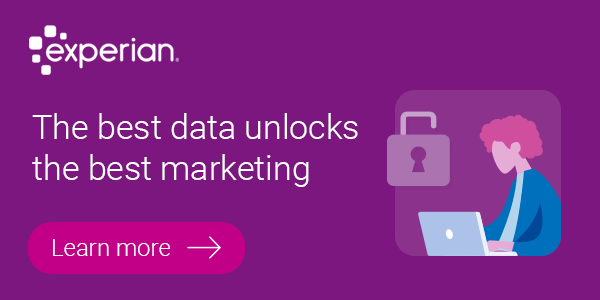Audio platforms that solve identity challenges are gaining an edge, winning new advertisers and driving stronger returns. As digital audio matures, the ability to understand who’s listening is becoming just as important as what they’re listening to.
Digital audio is evolving fast. What was once a niche channel of host-read sponsorships and direct buys has grown into a must-have in the modern media mix. Streaming platforms, podcasts and digital radio are drawing more ad dollars thanks to audio’s ability to capture attention and connect with listeners.
But with growth comes new pressure. Advertisers expect accuracy. They expect scale. And they expect to see results. At the same time, listeners want content that feels more relevant and advertising that reflects their preferences. That’s where identity becomes essential.
The ability to connect fragmented signals across devices, environments and behaviors is now central to audio’s next chapter. From making anonymous listeners addressable to improving campaign measurement across formats, the stakes for getting identity right have never been higher.
Let’s break down the key challenges in audio and how leading platforms are solving them.
Challenge 1: Anonymous listening limits addressability
Most listening happens in environments where people aren’t logged in – via apps, smart speakers and mobile devices. Without logged-in data, platforms struggle to know who’s listening and advertisers are unable to reach those anonymous listeners who don’t have an addressable ID.
To bridge the gap, many leading platforms are working with identity resolution partners that help translate anonymous signals such as device type, location and usage patterns into actionable audience profiles.
Privacy-safe identifiers like hashed emails can help make previously unaddressable inventory targetable, unlocking more value across the board. By extending addressability across their full user base, platforms are seeing meaningful gains in advertiser reach and revenue.
Challenge 2: IP-based targeting falls short
Audio has traditionally relied on IP addresses, but that’s no longer enough. A single IP could represent an entire household – or a public setting like a coffee shop. It’s not precise.
To improve targeting accuracy, platforms are moving beyond IP and embracing multilayered identity solutions. These technologies incorporate household-level data, device graphs and behavioral cues to distinguish between shared devices and individual listeners. The result is more relevant messaging and better campaign outcomes, even in environments where user signals are limited.
Challenge 3: Audio buying is fragmented
From podcasts to streaming to radio, audio lacks consistency in how inventory is packaged and bought. Buying methods vary. Measurement isn’t always consistent. That makes it difficult for advertisers to run unified, scalable campaigns or tie audio performance back to broader media strategies.
To reduce friction, platforms are investing in infrastructure that unifies audience insights across formats. By building a centralized view of the listener – regardless of whether they’re tuning in via podcast, stream or radio – publishers can offer advertisers consistent targeting parameters, clearer reporting and better campaign orchestration. Identity graphs and interoperable audience segments are becoming key tools in streamlining this complexity.
Audacy and DAX have built an audio strategy that performs
Experian helps simplify audio buying. For platforms like Audacy and DAX, this means:
- Expanding digital addressability and increasing monetization potential
- Powering consistent, cross-channel audience activation
- Enhancing the listening experience with relevant content and personalized ads
DAX’s partnership with Experian taps into more than 2,400 syndicated audience segments, pairing them with DAX’s dynamic audio inventory to help advertisers reach high-intent listeners at scale.
Audacy is also working with Experian to integrate both the Digital Graph and syndicated audience data, unlocking rich insights into listener demographics, interests and purchase behaviors. This not only improves ad relevance but also helps advertisers achieve higher return on investment through smarter targeting.
Audio has always been a powerful way to connect. Now, it’s ready to perform.















